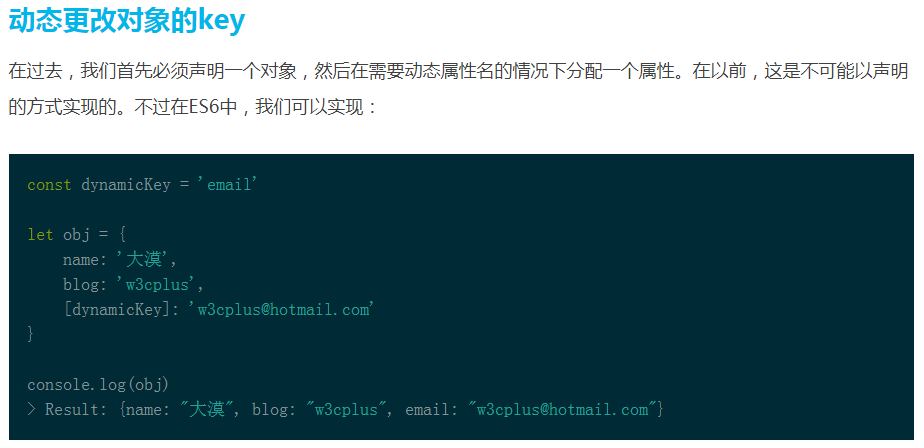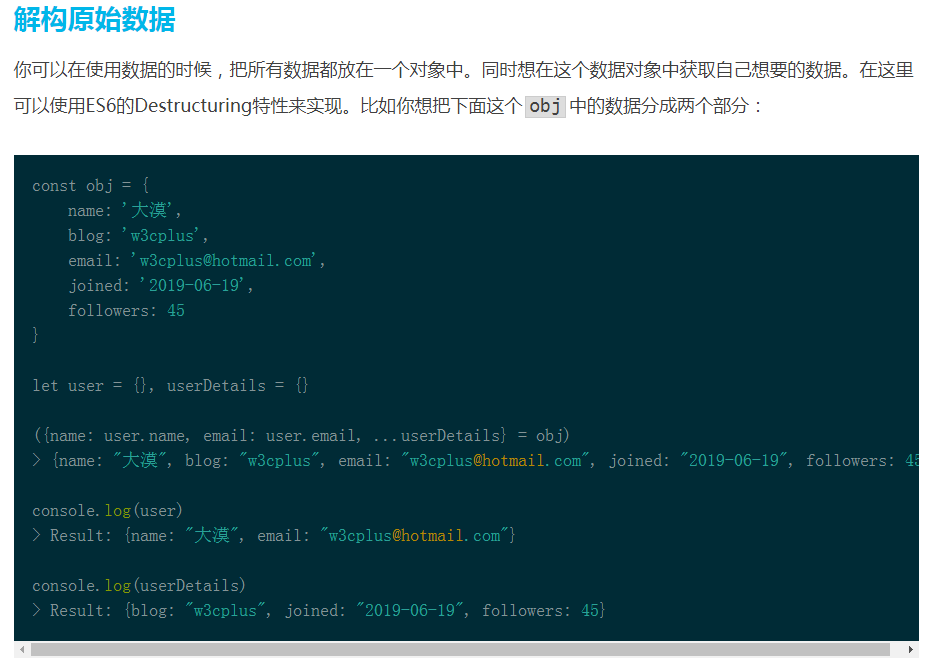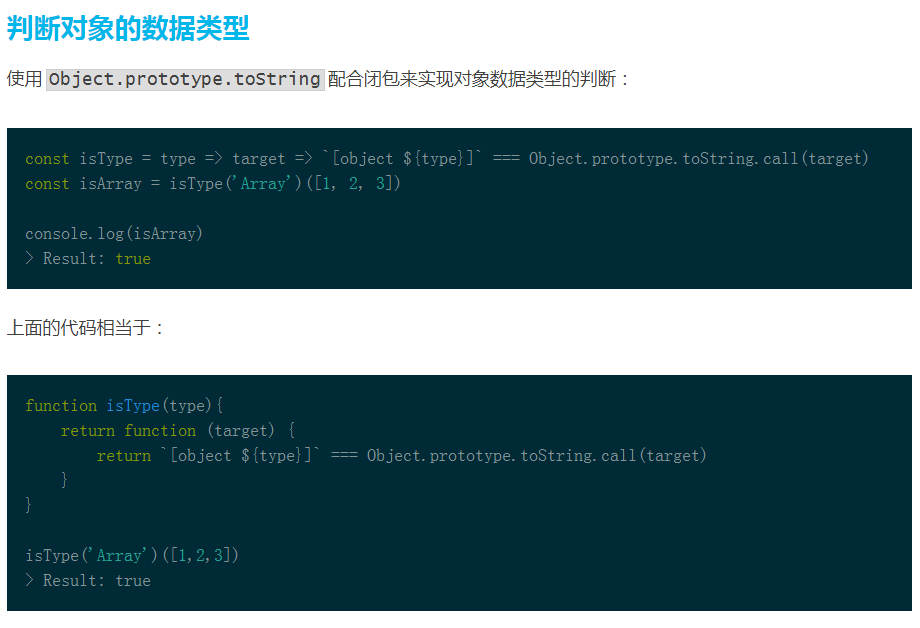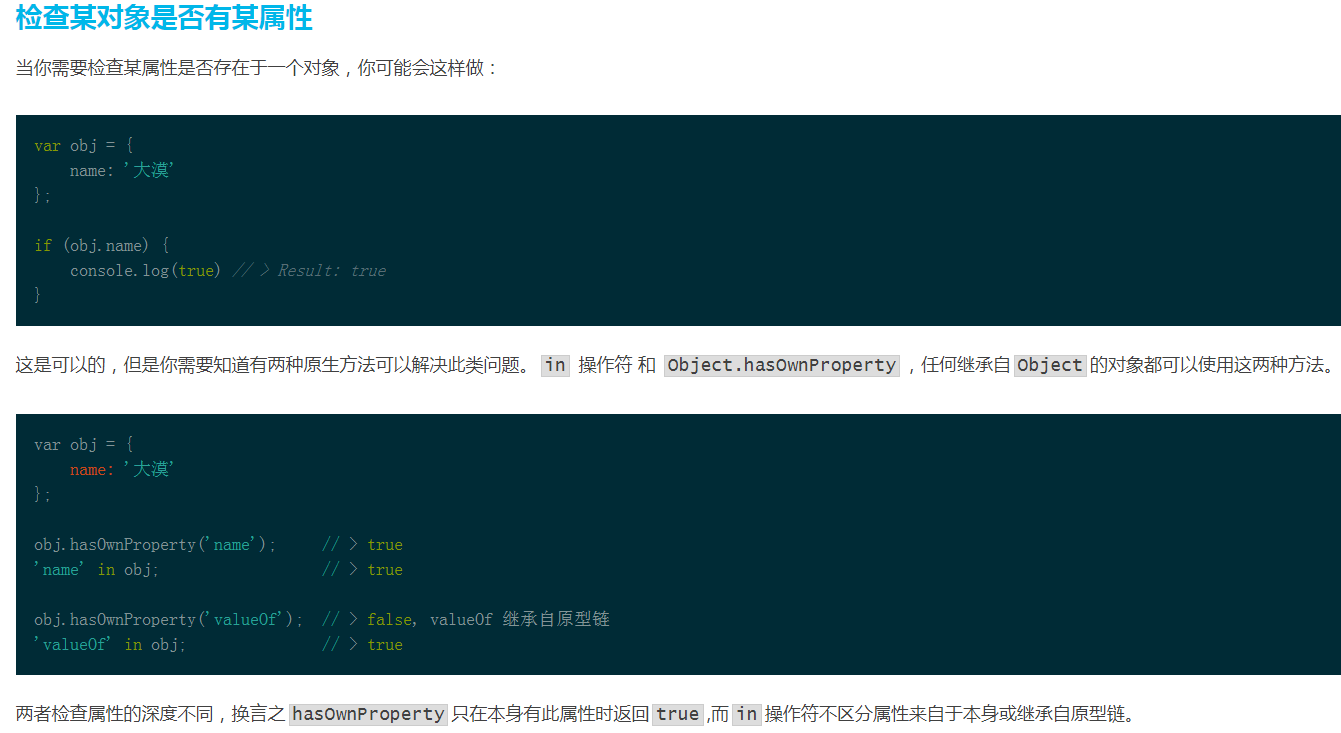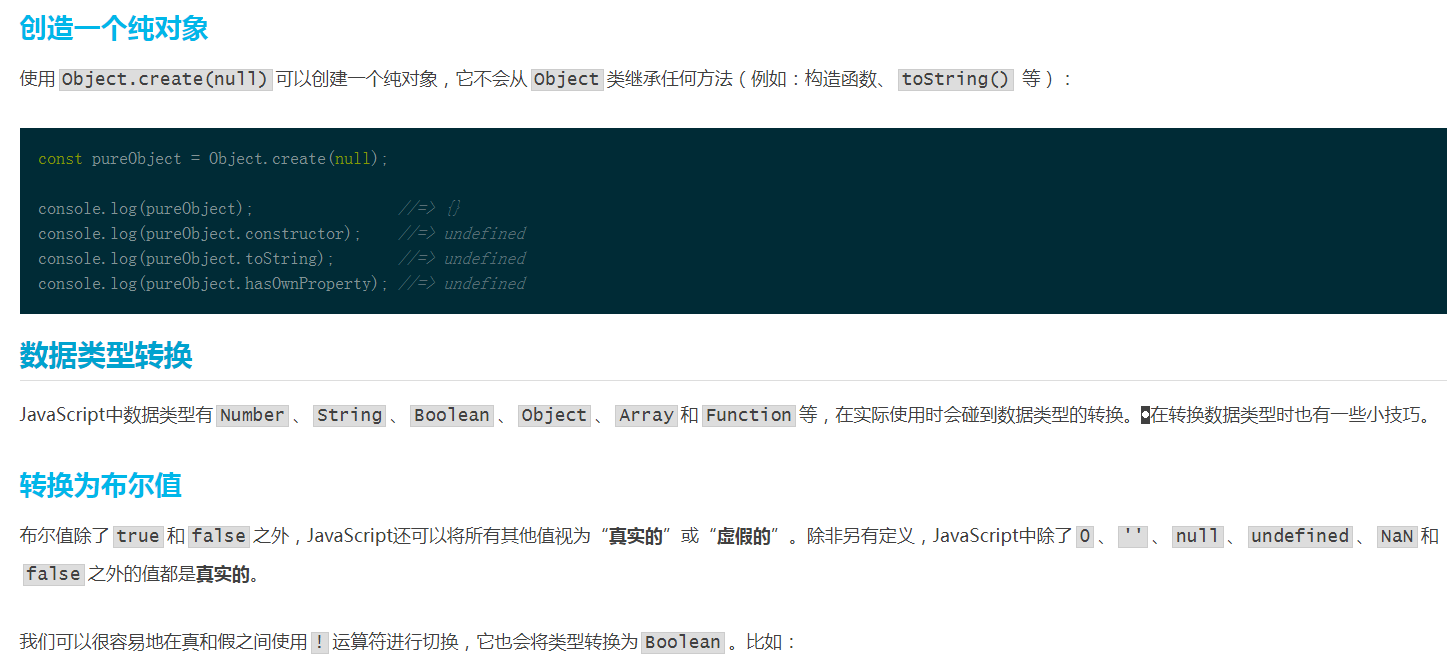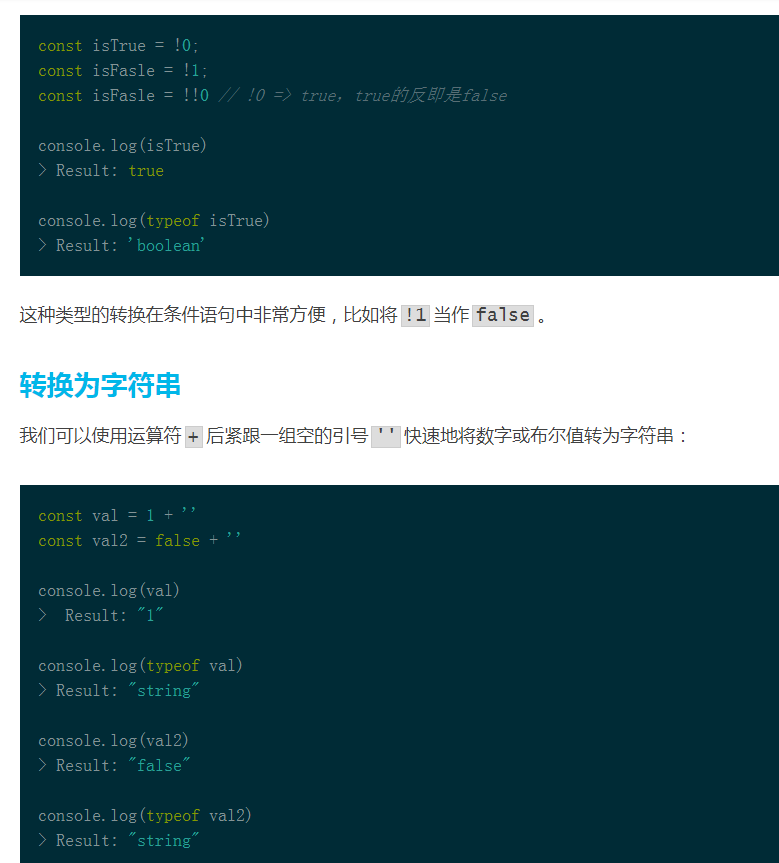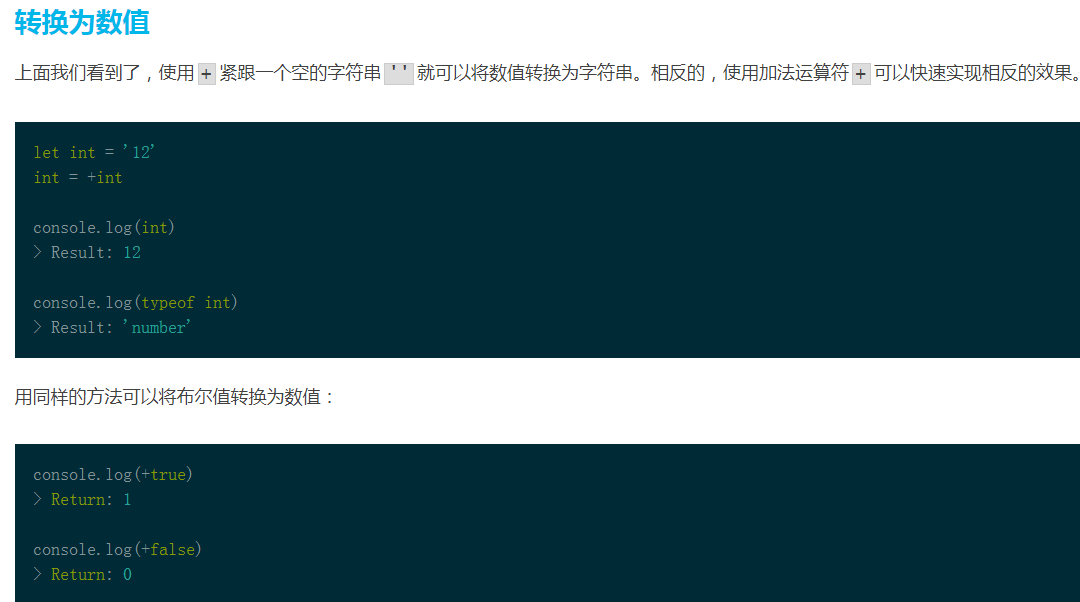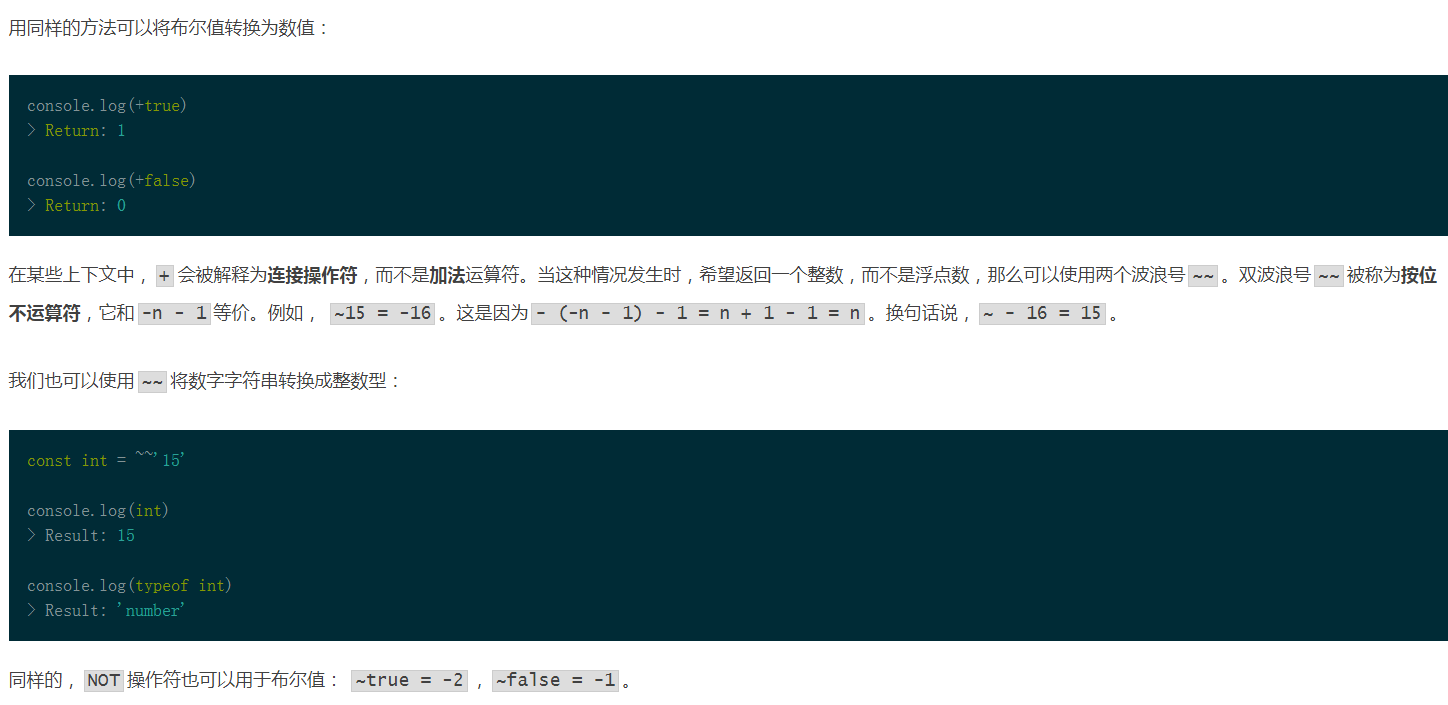来源:https://www.w3cplus.com/javascript/javascript-tips.html
1、使用...运算符合并对象或数组中的对象
同样使用ES的...运算符可以替代人工操作,合并对象或者合并数组中的对象。
// 合并对象 const obj1 = { name: '大漠', url: 'w3cplus.com' } const obj2 = { name: 'airen', age: 30 } const mergingObj = {...obj1, ...obj2} > Result: {name: "airen", url: "w3cplus.com", age: 30} // 合并数组中的对象 const array = [ { name: '大漠', email: 'w3cplus@gmail.com' }, { name: 'Airen', email: 'airen@gmail.com' } ] const result = array.reduce((accumulator, item) => { return { ...accumulator, [item.name]: item.email } }, {}) > Result: {大漠: "w3cplus@gmail.com", Airen: "airen@gmail.com"}
2、有条件的添加对象属性
不再需要根据一个条件创建两个不同的对象,以使它具有特定的属性。为此,使用...操作符是最简单的。
const getUser = (emailIncluded) => { return { name: '大漠', blog: 'w3cplus', ...emailIncluded && {email: 'w3cplus@hotmail.com'} } } const user = getUser(true) console.log(user) > Result: {name: "大漠", blog: "w3cplus", email: "w3cplus@hotmail.com"} const userWithoutEmail = getUser(false) console.log(userWithoutEmail) > Result: {name: "大漠", blog: "w3cplus"}
